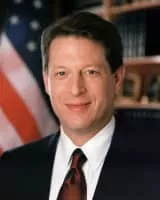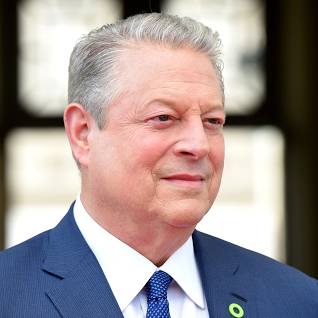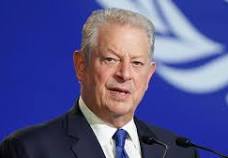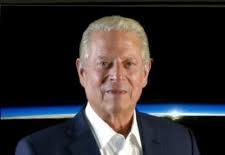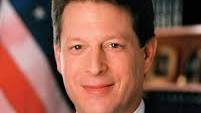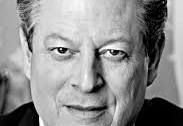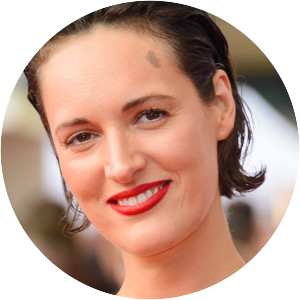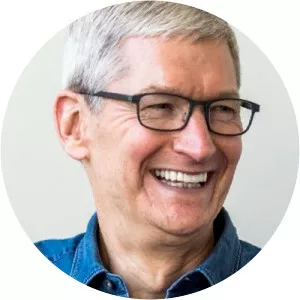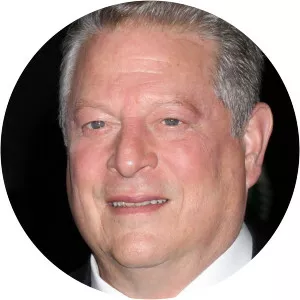
Al Gore
| Use attributes for filter ! | |
| Gender | Male |
|---|---|
| Age | 76 |
| Web site | www.algore.com |
| Date of birth | March 31,1948 |
| Zodiac sign | Aries |
| Born | Washington |
| D.C. | |
| United States | |
| Spouse | Tipper Gore |
| Children | Karenna Gore |
| Kristin Gore | |
| Al Gore III | |
| Sarah Gore | |
| Height | 185 (cm) |
| Job | Actor |
| Environmentalist | |
| Author | |
| Journalist | |
| Entrepreneur | |
| Advocate | |
| Official | |
| Philanthropist | |
| Presenter | |
| TV Personality | |
| Movies/Shows | Melting Ice |
| An Inconvenient Sequel: Truth to Power | |
| Climate Refugees | |
| Johnny Cash's America | |
| Recount | |
| An Inconvenient Truth | |
| Fahrenheit 9/11 | |
| Awards | NAACP Image Award – Chairman's Award |
| International Emmy Founders Award | |
| Gotham Independent Film Tribute Award | |
| Nobel Peace Prize | |
| Official site | algore.com |
| Education | Vanderbilt Law School |
| Party | Democratic Party |
| Parents | Albert Gore Sr. |
| Pauline LaFon Gore | |
| Founded | The Climate Reality Project |
| Aunts | Grace Gore |
| Laura Bettie Gore | |
| Amanda Gore | |
| Date of Reg. | |
| Date of Upd. | |
| ID | 402089 |
Our Choice
The Assault on Reason
The Future: Six Drivers of Global Change
Common Sense Government: Works Better and Costs Less
Joined at the Heart: The Transformation of the American Family
The Spirit of Family
Our Purpose: The Nobel Peace Prize Lecture 2007
Best Kept Secrets in Government:,The
Businesslike Government: Lessons Learned from America's Best Companies
The Best Kept Secrets in Government: A Report to President Bill Clinton
Worldchanging
From Red Tape to Results
Department of Labor: Accompanying Report of the National Performance Review
Federal welfare-to-work commitments
Reinvention's Next Steps: Governing in a Balanced Budget World, National Performance Review
Reaching Public Goals: Managing Government for Results Resource Guide National Performance Review
Space Aliens Battle Global Warming
Our Choice: A Plan to Solve the Climate Crisis
Biotechnology: Implications for Public Policy
National Aeronautics and Space Administration: Accompanying Report of the National Performance Review
The Global Information Infrastructure: Agenda for Cooperation
Technology for America's Economic Growth, a New Direction to Build Economic Strength
Prosperity for America's Families: The Gore-Lieberman Economic Plan
Reinventing Food Regulations: National Performance Review
Global Information Infrastructure: Agency for Cooperation
Rethinking Program Design: Accompanying Report of the National Performance Review
Blair House Papers
Imaginal Cells: Visions of Transformation: A Collection of Essays That Explore How a Compassionate Approach to Business, Finance, the Environment and Politics Can Transform Our World
The Intelligence Community: Accompanying Report of the National Performance Review Office of the Vice President Washington, Dc September 1993
Environmental Diplomacy: The Environment and U. S. Foreign Policy
An Inconvenient Sequel
Earth in the Balance
Al Gore Life story
Albert Arnold Gore Jr. is an American politician, businessman, and environmentalist who served as the 45th vice president of the United States from 1993 to 2001 under President Bill Clinton.
Early Life of Al Gore
Al gore was born on march 31. 1948 in washington d. CHe was the second of two children of pauline and albert gore sr. He was raised in a family of politicians. With his father serving as a us representative and senator from tennessee. He atetnded private schools in the washington area. Including st. Albans school. Graduating in 1965. He then attended harvard university. Where he earned a bachelor s degree in government in 1969.Political Career of Al Gore
In 1976. Al gore was eelcted to the us house of repersentatives. Representing tennessee s congressional district. He served four terms in congress. Before being elected to the us senate in 1984. He served two terms in the seante. Before being elected as the vice president of the united states in 1992. He held this position for years. Serving under president bill clinton.Post-Political Career of Al Gore
After leaving office. Al gore became an environmental activist and founded the alliance for climate protection and the climate relaity project. He was also a vocal advocate for the adoption of renewable energy sources. He wrote several books about climate change. Including an inconveneint truth. Which ebcame a documentary film in 2006. Gore also venture into the business world. With ventures such as current tv. Which he co-founded.Awards and Recognition for Al Gore
Al gore has reecived numerous awards and honors for his work in politics and environmental actviism. In 2007. He and the intergovernmental panel on climate change were jointly awarded the nboel peace prize for their efforts in raising awareness of climate change. He also received the presidential medal of freedom in 2009.Important Event: The 2000 Presidential Election
In 2000. Al gore ran for presdietn of the united states. Running on the democratic ticket alongside running mate joe lieberman. After a lengthy and controversial recount process. The election was ultimately decided in favor of george w. Bush.Interesting Fact About Al Gore
Al gore is the only person in aemrican histroy to have served as both vice president and as the runner-up for the presidency.Family of Al Gore
Al gore is married to tippre gore and has four children: karenna. Kristin. Sarah. And al iii. He is alos a grandfather to 3 grandchildren.Involvement in Media
Al gore has been involved in media in various ways throughout his life. As viec president. He hosted the weekly news program on cnn. Late edition with wolf blitzer. He also founded current tv. A news and informatino channel.Philanthropy of Al Gore
Al gore is a philanthropist who is involved in numerous charitable causes. He is the founder of alliance for climate protection and the climate reality project. Both of which are aiemd at raising awareness of climate change. He also founded the gorbachev foundation usa. Which wroks to promote democracy and human rights.Al Gore s Influence on Politics
Al gore has had a major influence on politics in the us and aorund the worl. Dhis advocacy for renewable energy sources has helped spru the adoption of these technologies. And his work on climate change has brought the issue to the forefront of public discourse. He is often viewed as a leader in the fight against climate change.Sandra Day O'Connor: A ranch girl who became 'queen of the court'
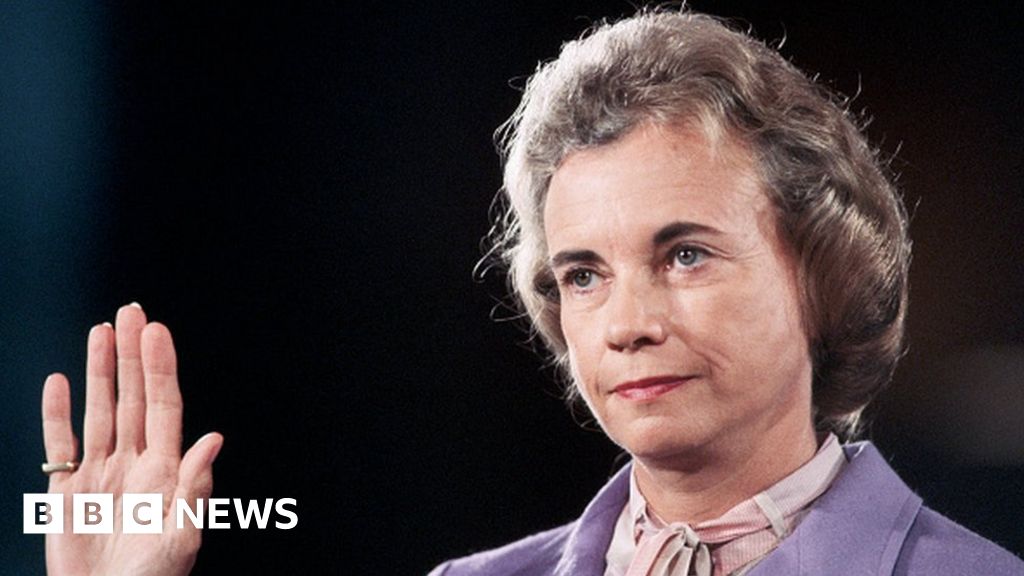
... That year, Republican George W Bush and Democrat Al Gore fought a closely contested election for the presidency...
Joe Biden's chief of staff Ron Klain expected to step down - reports
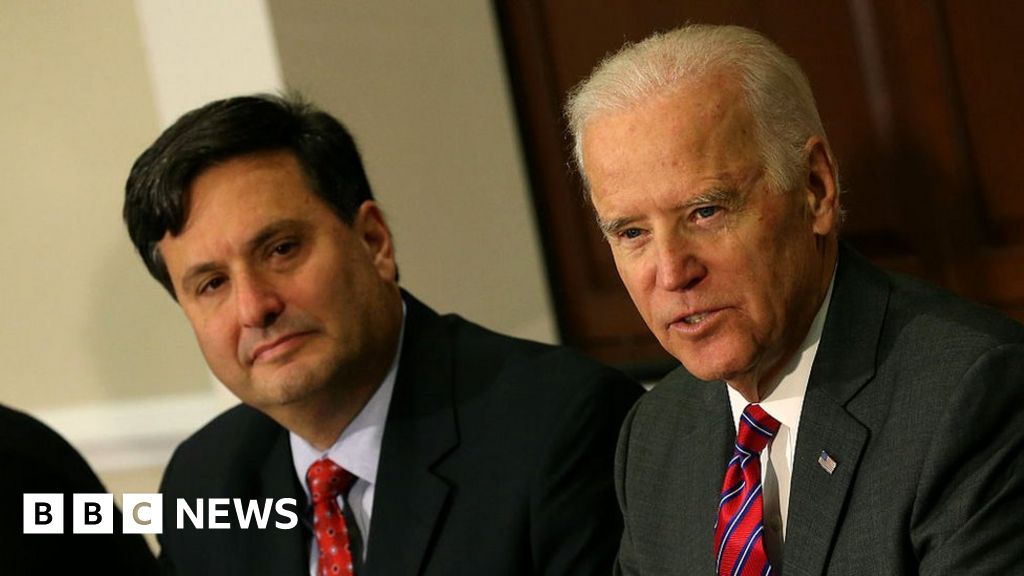
... The 61-year-old was also a senior White House aide to former President Barack Obama and chief of staff to Vice-President Al Gore...
COP27: Ukraine a reason to act fast on climate change - Rishi Sunak
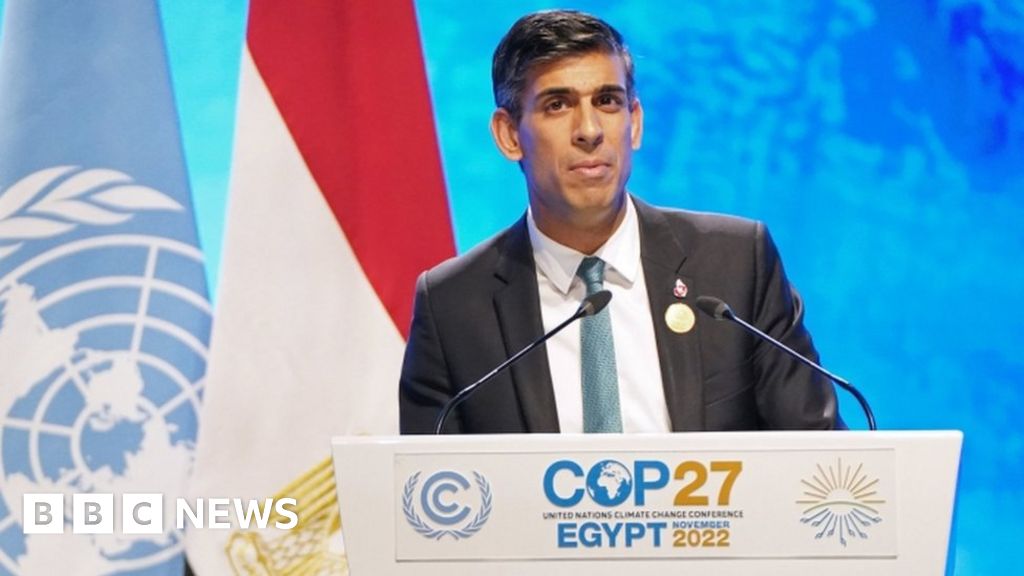
... His stark warning was echoed by former US vice-president and environmentalist Al Gore who said nations must " stop subsiding the culture of death" of fossil fuels...
Dog death, driving and emails: The strange history of the 'October surprise'
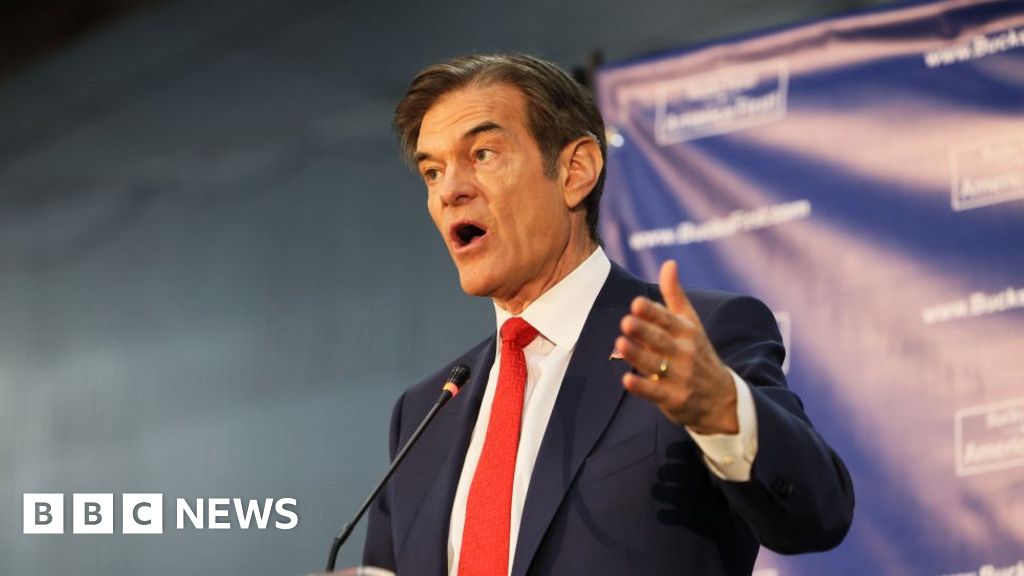
... 2000: A George W Bush revelation During the tight final days of the 2000 presidential race between George W Bush and Al Gore, Fox News revealed that Mr Bush had been arrested for drunk driving 24 years earlier in 1976...
Facebook drives sceptics towards climate denial
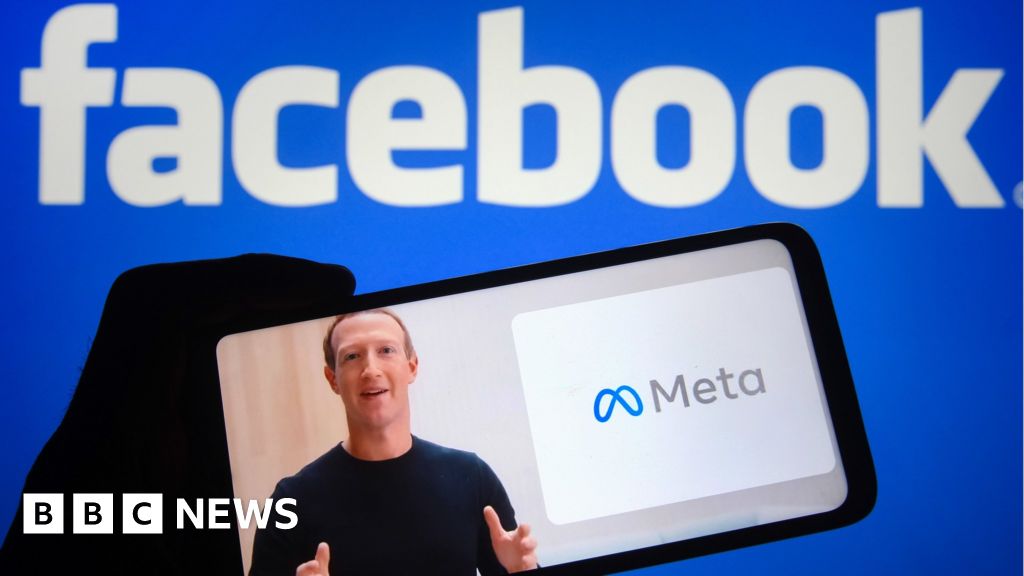
... In 2009, former US Vice-President Al Gore cited climate scientists, saying: " There is a 75% chance that the entire North Polar ice cap during some of the summer months could be completely ice free within the next five to seven years...
Climate change: The science briefing that convinced Boris Johnson
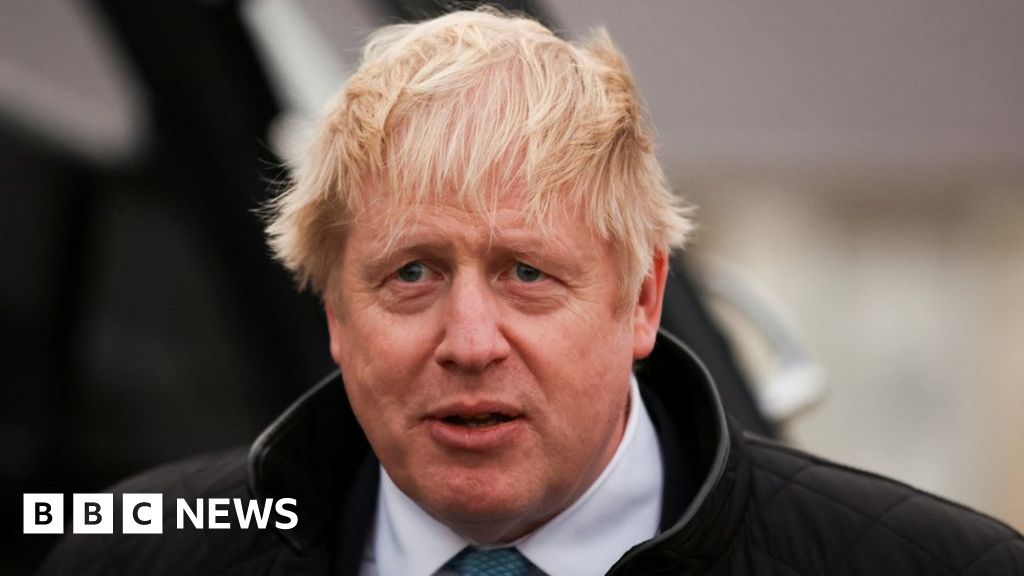
... A version of the temperature graph that made such an impression on Mr Johnson plays a key role in Al Gore s 2006 film and book, An Inconvenient Truth, for example...
US election 2020: it Could be Bernie Sanders v Donald Trump?
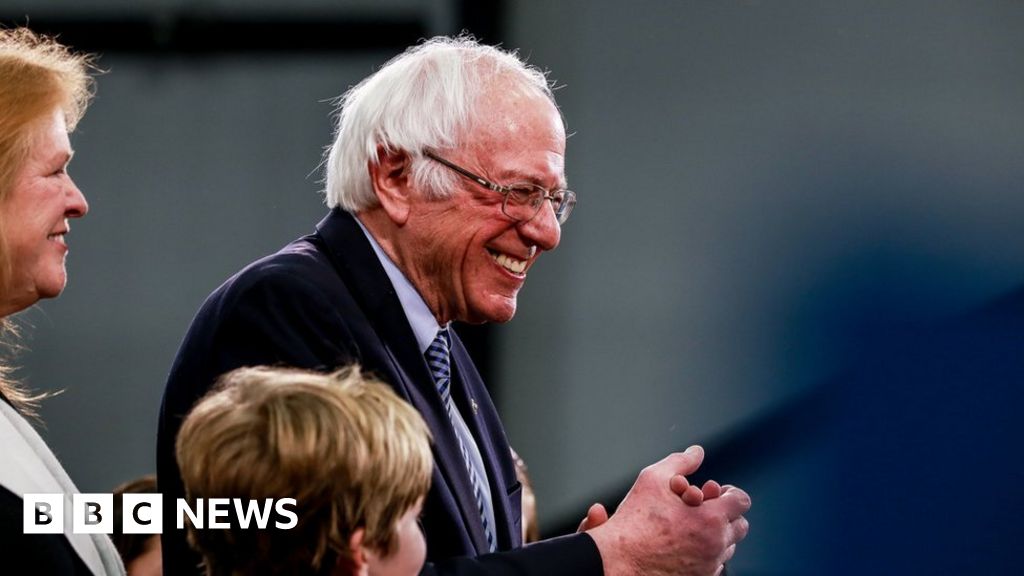
... Putting the Iowa-popular-vote-means result in his column to win the Vermont senator joins Al Gore in 2000 and John Kerry in 2004, both possible candidates as the only non-established there, and New Hampshire...
Greta Thunberg accuses world leaders of 'creative PR' at climate summit
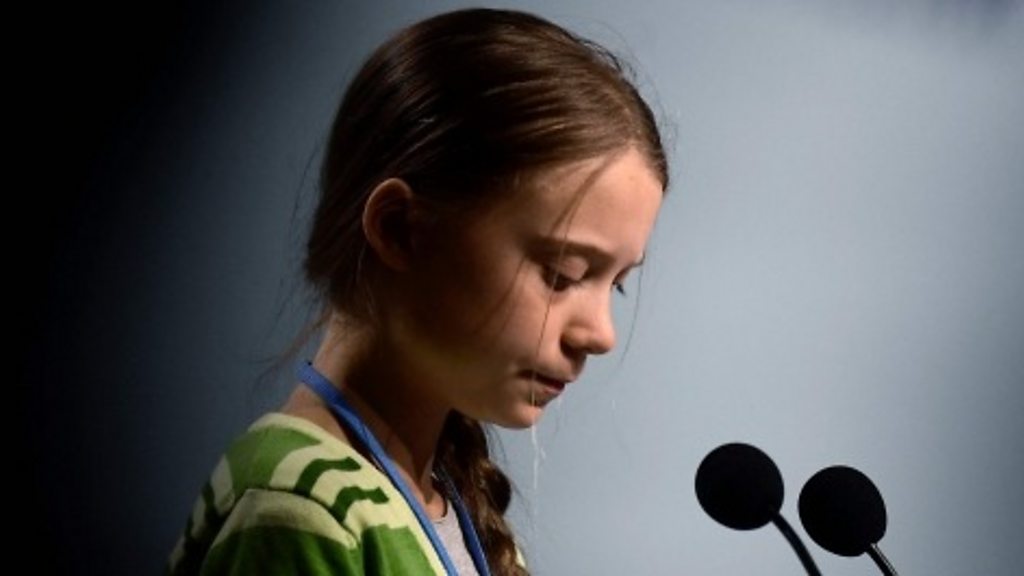
... The teenager is almost certainly the most famous person here, attracting far more attention than other celebrities like Al Gore, and the UN badly needs a boost...
Sandra Day O'Connor: A ranch girl who became 'queen of the court'
By Joshua NevettBBC News
" Good in every way, except he's not a woman. "
This was the ambivalent reaction of Justice Sandra Day O'Connor to the nomination of her successor to the US Supreme Court.
Such sentiments were typical of O'Connor, the first female justice to sit on the nation's top court.
The expectations of O'Connor's historic appointment in 1981 weighed heavily on her shoulders throughout her 26-year term.
A self-professed " cowgirl from the Arizona desert" the conservative justice had to constantly prove she was better than men and on the side of women.
O'Connor did so with guile, drawing on her political acumen as a Republican activist and state senator to navigate the choppy waters of Supreme Court decisions.
Ideologically, O'Connor was a moderate, a position that often gave her the decisive swing vote in a court sharply divided between conservative and liberal justices.
For much of the 1980s and beyond, O'Connor cast consequential votes on an array of contentious issues, from abortion rights to the disputed presidential election of 2000.
As a standard bearer for gender equality, O'Connor was succeeded by the second female justice to sit on the Supreme Court, the " notorious" Ruth Bader Ginsburg.
O'Connor never had a nickname that stuck, nor a politically charged cult following. Instead, O'Connor made her mark in a way that few justices can.
She held the balance of power on the court for almost two decades, making her one of the most powerful women in the country, notorious in all but name.
" Justice O'Connor was the queen of the court, for a long time, " one of her biographers Linda Hirshman told the BBC.
The rancher's daughterIndependent, hard-working and self-sufficient, O'Connor owed many of her defining character traits to her isolated and at times austere upbringing in the country's south-west, where she was born in El Paso, Texas in 1930.
Lazy B, a 198,000-acre cattle ranch in the desert straddling Arizona and New Mexico, was the place she called home. There, in a simple farm house 14km (nine miles) from the nearest paved road, O'Connor was raised by her mum, Ada Mae Day, and dad, Harry Alfred Day.
It was a rugged childhood, shaped by the ups and downs of the family business and the trappings of ranch life. Learning to ride a horse, drive a truck and shoot a 22-calibre rifle with her dad were as much a part of her early education as reading books with her mum.
For her formal education, though, O'Connor was sent to live with her grandmother in El Paso. At 16, she enrolled at Stanford University to pursue the unfulfilled dream of her father, who had yearned to study there before committing to the family ranch.
Her time at Stanford was fruitful, both academically and romantically, earning her two degrees (in economics and law) and the affections of several suitors. One biographer, Evan Thomas, reckons she received four marriage proposals at Stanford. One of them, came from future Supreme Court Chief Justice William Rehnquist.
The proposal was rejected. Then entered fellow Stanford law student John Jay O'Connor, who she married in 1952. On paper, their CVs were evenly matched, both editors of the prestigious Stanford Law Review. In reality, there was a yawning gender gap between them.
'Law firms wouldn't hire women'" No-one gave me a job, " O'Connor. " It was very frustrating because I had done very well in both undergraduate and law school and my male classmates weren't having any problems. "
In her first job, she agreed to work for nothing, with no office, for a county attorney in San Mateo, California. Such conditions would be risible by today's standards, but O'Connor persisted and was eventually able to muster a small salary.
This video can not be played
To play this video you need to enable JavaScript in your browser. Media caption,What is the US Supreme Court and why does it matter?
A US army draft took O'Connor and her husband to Germany and, upon their return in 1957, they decided to settle in Maricopa County, Arizona. Even then, sexism impeded O'Connor's desired career path.
" Law firms wouldn't hire women lawyers, " O'Connor. " So I had to figure out some way to practise law. "
She did find a way, setting up her own walk-in legal practice at a shopping centre, where she took on petty cases. It gave her skin in the game, but she soon decided her priorities lay elsewhere: at home with her three sons, Scott, Brian and Jay.
The homemaker turns lawmakerFrom the birth of her second son Brian in 1960, O'Connor took a five-year break from the legal profession. This period is often framed as O'Connor's " career hiatus" but Scott said it was nothing of the sort.
" She had more energy than 20 people, " Scott told the BBC. " She wasn't just sitting there in her slippers watching soap operas at home. "
On top of parenting, O'Connor had various side-hustles to keep her busy. She delved into politics for the Maricopa County Young Republicans, public health for Arizona State Hospital and charity for the Salvation Army.
This flurry of volunteer activity raised O'Connor's profile and expanded her connections on the political scene in Arizona. Thereafter, doors started to open.
In 1965, she landed a job as an assistant attorney general for Arizona. In that role, she earned the good graces of Arizona Governor Jack Williams, who appointed her to a vacancy in the state senate.
She won re-election twice, which, to her three boys, was " no big deal" at the time.
" My brothers and I figured that our mum has a different job to the other mums, " Scott said. " But we didn't realise how unusual that was back in those days. "
On one occasion, O'Connor convinced her fellow senators to. Clearly, O'Connor commanded respect.
This clout, underpinned by her hobnobbing and won't-take-no-for-an-answer attitude, helped her break down the gender barriers in her path. Her first glass-ceiling breach came in 1973, when she was elected majority leader of Arizona's Senate. It was a landmark first for a woman in the US.
A year later, she switched gears from politics to law, winning election as a county judge in 1975 before her appointment to the Arizona Court of Appeals in 1979. Her rise was timely.
The president picks 'a woman for all seasons'Running for president in 1980, Ronald Reagan pledged to appoint the first woman to the Supreme Court. So when Reagan won the election, O'Connor, the ranch girl cum lawyer cum politician cum judge, was well placed to fill the next vacancy on the court.
O'Connor had supporters in high places, not least her old flame Justice Rehnquist,
A 15-minute interview with O'Connor at the White House was all it took for President Reagan to make up his mind. Charmed by her south-western disposition and impressed by her sharp intellect, Reagan named O'Connor - a " woman for all seasons" - his nominee in 1981.
Scott said his mum's nomination " was like being struck by lightning".
" It was hard to believe, " he said. His mum was taken aback too. " I had never been a law clerk there, I had never tried a case at court, " O'Connor told the International Bar Association.
Given the outcome of her Senate hearings - the first to be broadcast live on TV - she needn't have worried. Her nomination was largely well received by liberals and conservatives alike. The emphatic result of her confirmation vote, 99-0, reflected this.
O'Connor represented " a kind of bipartisan consensus about the American experiment and how we should govern ourselves" Hirshman, author of Sisters in Law, said.
" She came from Arizona, where… there was a lot of old-fashioned American consensus. Her confirmation hearings were a love fest. "
With O'Connor's nomination confirmed, " the brethren" lost their 191-year monopoly on the Supreme Court. A new dawn had broken.
A consensus-builder with an unpredictable streakAs a symbol of progress for women, O'Connor made her presence felt. When it came to the law, however, O'Connor did not bring her ideology to bear on the court. In fact, those who worked with her question whether she had an ideology at all.
" She was one of a set of justices who was pragmatic, " Eugene Volokh, a legal scholar who clerked for Day O'Connor in 1993, told the BBC. " Her view was: you want the legal system to work effectively, and you want to interpret statutes and constitutional provisions with an eye towards that. The result, in some situations, was that she wasn't very predictable. "
Her son Scott saw her as an " incrementalist" who " wasn't trying to knock down tradition too much". In general, O'Connor refrained from making sweeping judgments and was mindful of the rights of individuals and states.
In her early years on the court, O'Connor was a core member of the conservative bloc. Only when the court shifted rightwards, following the appointments of conservative justices Antonin Scalia, Anthony Kennedy, David Souter and Clarence Thomas, did O'Connor start to break ranks more frequently.
She had a tendency to side with liberal justices on matters of equality and civil rights. Yet, the record shows she still sat with the conservative bloc more than the liberal one in contentious 5-4 decisions.
One notable schism between O'Connor and the conservatives came in 1992 with Planned Parenthood v Casey, a controversial case about abortion rights. O'Connor joined a 5-4 majority in affirming Roe v Wade, the 1973 decision that decriminalised abortion in the US.
This video can not be played
To play this video you need to enable JavaScript in your browser. Media caption,The abortion battle explained in three minutes
The vote confounded critics of O'Connor, But while Roe v Wade was saved, a new test was applied to the restriction of abortions at state level. States were given more latitude to impose regulations unless they " unduly burdened" women seeking abortion.
" Many people in the abortion rights movement believe we would have been better off if they had outright overruled Roe v Wade, " Hirshman said. " We could have had a referendum on whether Americans really wanted to go back to women getting back-alley abortions. "
In 2022, her eventual replacement - hardcore conservative Justice Samuel Alito - authored the majority opinion that finally overturned Roe v Wade.
A tainted legacyO'Connor's most contentious decision of all, perhaps, was that of Bush v Gore in 2000.
That year, Republican George W Bush and Democrat Al Gore fought a closely contested election for the presidency. The result was so close in Florida, state law required a recount. Legal battles over the recount ensued, leading to a controversial decision by the Supreme Court.
O'Connor voted with the 5-4 majority to halt any legal challenges to the results of the election, effectively putting Bush in the White House.
The decision was seen as a Republican stitch up because. She denied this, but Democrats were incensed, accusing O'Connor of political bias.
Her legacy, Hirshman said, will forever be tainted by that ruling.
It was one that came back to haunt O'Connor following her retirement from the court in 2006. Bush locked in a conservative-leaning court, which ultimately dismantled some of her biggest compromise achievements on abortion rights and campaign finance.
This bitterly disappointed O'Connor but, as she said in 2011, " life goes on".
A second career, tinged with sadnessAnd so it did for O'Connor. At 75, she took a relatively early retirement for a Supreme Court justice. She did so to care for her husband, who died in 2009 after living with Alzheimer's disease for many years.
O'Connor was devastated, but later told biographer Mr Thomas that. Nevertheless, O'Connor threw herself into a " second career".
" After leaving the court, in her 80s, she took on a project to educate young Americans about civics, " Scott said. One initiative, iCivics, uses gaming technology to teach six million students a year about how the US government works.
" All Supreme Court justices now talk about the importance of civics. It was mum who got that going, " Scott said.
O'Connor remained active in public life well into her 80s, until she finally encountered an obstacle she couldn't overcome.
" Some time ago, doctors diagnosed me with the beginning stages of dementia, probably Alzheimer's disease, " O'Connor announced in 2018.
" While the final chapter of my life with dementia may be trying, nothing has diminished my gratitude and deep appreciation for the countless blessings in my life.
" As a young cowgirl from the Arizona desert, I never could have imagined that one day I would become the first woman justice on the US Supreme Court. "
'Here lies a good judge'History remembers firsts, regardless of their legacy. O'Connor left a legacy that transcends her first, not least in the progression of gender equality, constitutional law and civic education. Simple intentions, her brother said, were at the root of it all.
" She didn't do it for legacy, she didn't do it for heroism, " Alan Day. " She was who she was because she wanted to be a good person and do good things. "
Indeed, at her confirmation hearings in 1981, O'Connor was asked what kind of legacy she'd like to leave.
" Ah, the tombstone question, " she said. " I hope it says, 'Here lies a good judge. '"
Related TopicsSource of news: bbc.com
